Practical research stimulates innovation
Land Water Food will contribute to the realization of robust and sustainable food systems. Furthermore it will advise on agriculture and horticulture more resistant to extreme weather conditions. It can draw up sustainable arrangements in areas where water is an organizing principle for its use.
In its approach Land Water Food, in first step utilizes existing local knowledge. This may be essential for finding the most effective measures. Moreover, highlighting the sense of urgency is a must for the optimal support to solutions.
There is no adequate solution without a good foundation. That requires knowledge; sometimes applied science, but more often it is the exchange of good agricultural practices that are common elsewhere. Much has already been explored worldwide. The task now is to unlock all available sources.
Land Water Food will contribute mainly with its global network to unlock and apply existing knowledge. Where possible, it shall promote cooperation between industry, government and research institutions. To Land Water Food the involvement of students, young farmers and practical research are major success factors for structural change.
A healthy soil is the backbone of resilient farming systems
But how do we deal with the fact that soils are degraded up to 60% around the world? Chemical, physical and biological are affecting elements. This makes cultivation vulnerable. What solutions do you have in mind?
Healthy soil is the foundation for a dynamic agricultural sector. Sufficient organic matter in the soil promotes the water buffering function of the ground. Good soil structure prevents run-off, limits the leaching of fertilizers ,the pollution of ground and surface water. Good micro-organisms in the soil ensure that the nutrients are well absorbed by the root system of plants.
New analytical methods for determining soil quality make targeted measurements of the soil possible. Near Infrared Spectroscopy is such a method that consists of a scan of sample which is dried and sieved. Our partner is able to analyse more than 20 parameters within 20 seconds. This cheap and reliable test provides the farmer with detailed report, including information on soil fertility, the physical characteristics and some biological indicators.
Sustainable solutions in response to the closing cycles are being devised. By recycling organic waste, agriculture can contribute to the circular economy. Carbon can be defined as the organic matter in the soil. So farmers contribute to reducing climate issues and they also lay the foundation for a resilient food system ....
Smart water management beneficial for farmers
Water is essential for agriculture and horticulture. But if it is too much, too little or too dirty this is threatening production.
Drought is an increasing risk for agriculture and horticulture, also in combination with heat stress. Water is used most efficiently by plants that are healthy and have an optimally developed root system. Good soil and careful fertilization are a precondition for healthy crops. There is a close correlation between soil, water and fertilizer.
Our experience is that farmers give too much water too soon. This not only leads to a waste of water, but also a loss of valuable nutrients. By basing the irrigation on soil, moisture loss can be limited. New measurement techniques give insight to farmers. In the meantime, examples are known in which the use of water for crops has been reduced by 70%.
Heavy rains and flooding can lead to structural deterioration and lack of oxygen in the soil. This is at the expense of the product. For potatoes, for example, it is fatal when they are under water for 48 hours.
Water is also a vector for animal and plant diseases. Inundation, therefore, increases the risk of disease.
Sea level rise and salinization of agricultural land
An increased sea level and coastal inundations cause salinization of agricultural land in the deltas. Salt and agriculture tolerate each other poorly. All sorts of solutions are conceivable. For example an improved protection of coastal areas to supplying fresh water. Recent projects show that even in coastal areas, fresh water in the soil can be buffered in fresh water lenses and aquifers. Other applied research made clear that some crops and varieties have a certain salt tolerance. Together with Wageningen University and Research (Plant Research) a mission was carried out to the Mekong delta to identity crops which could be suitable for saline soil conditions. The Flora on Salt and Drought Tolerant Crops was published October 2017. Viet Nam Farmers' Union and East West Seeds were also involved in this project.
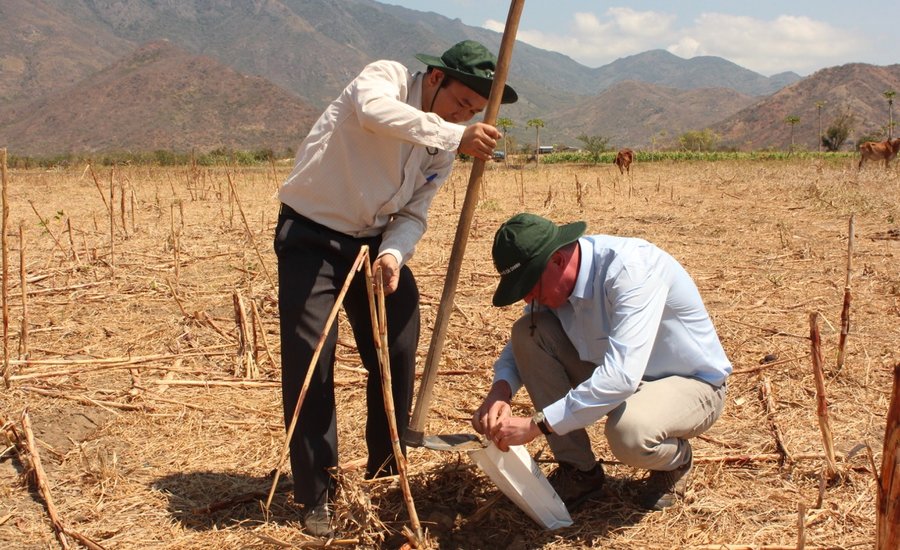
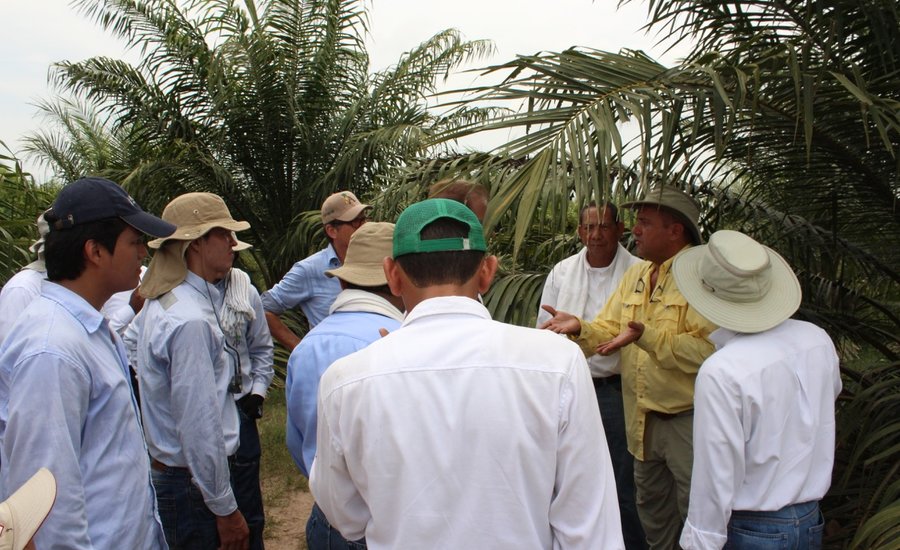
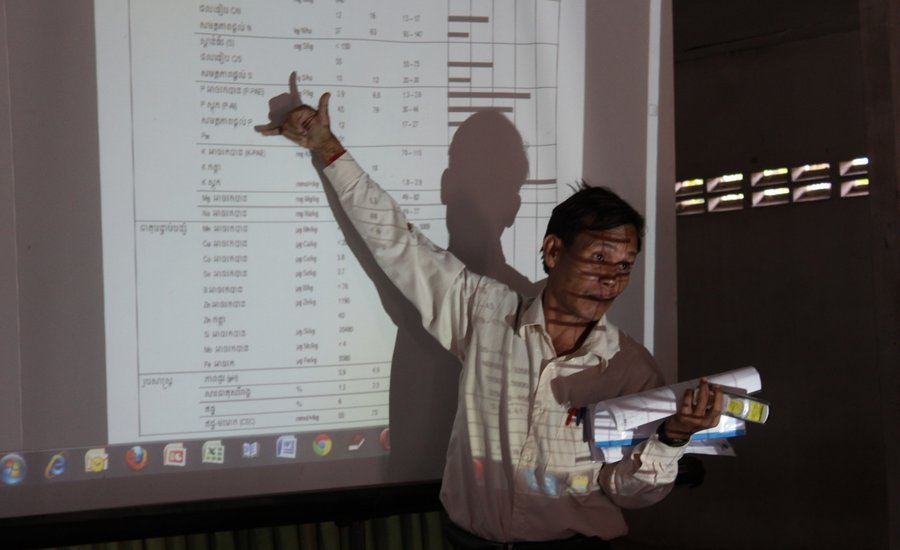
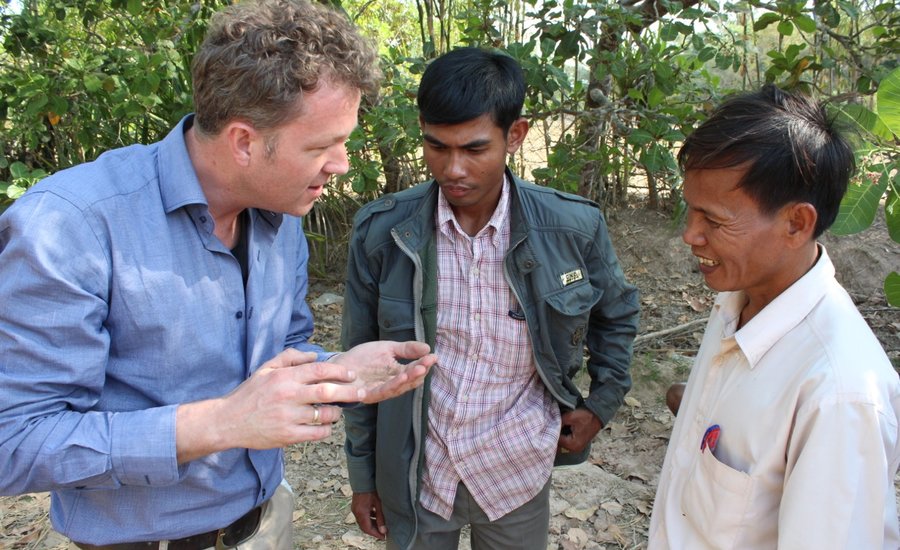
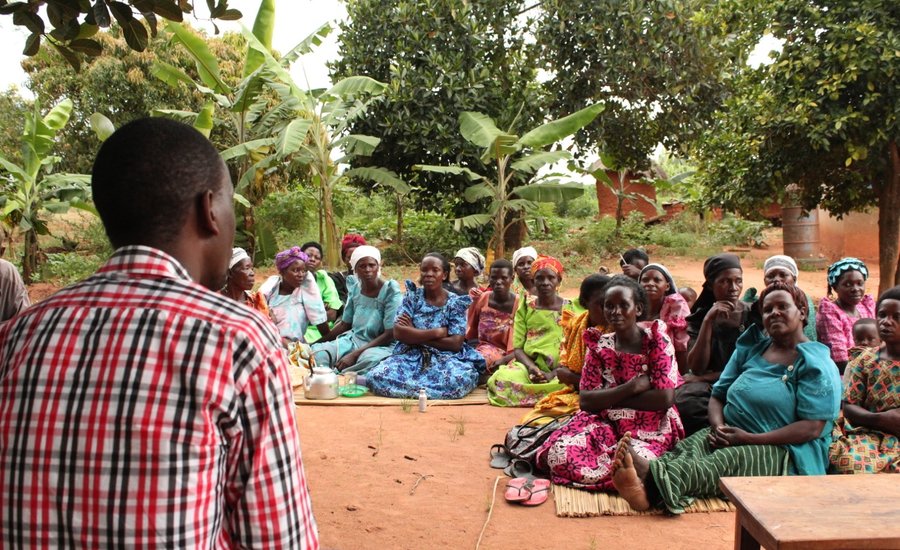
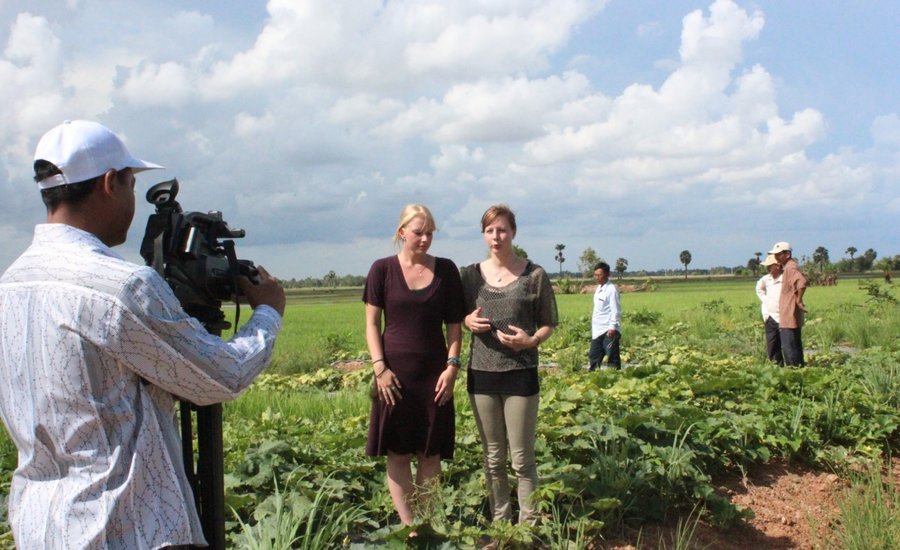
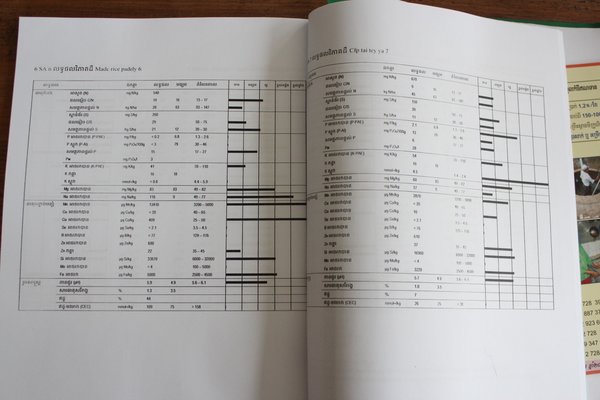
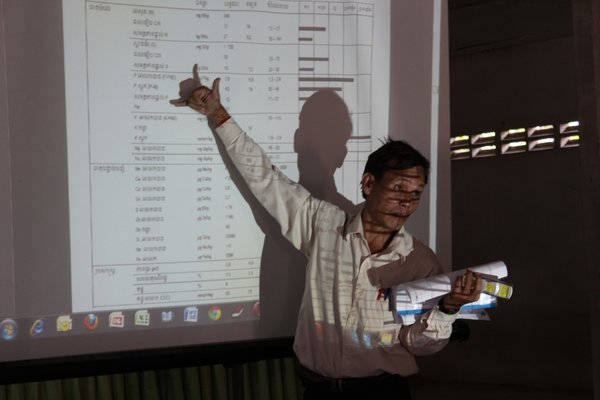
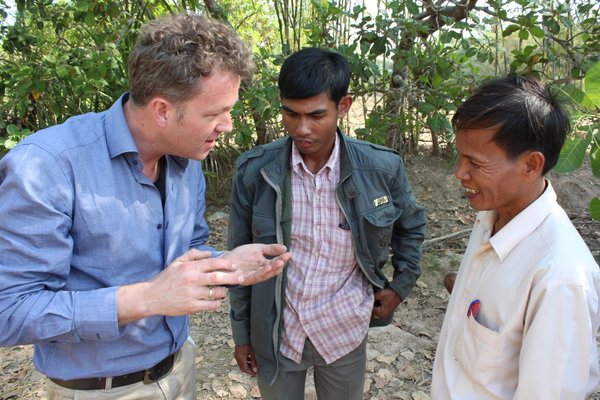
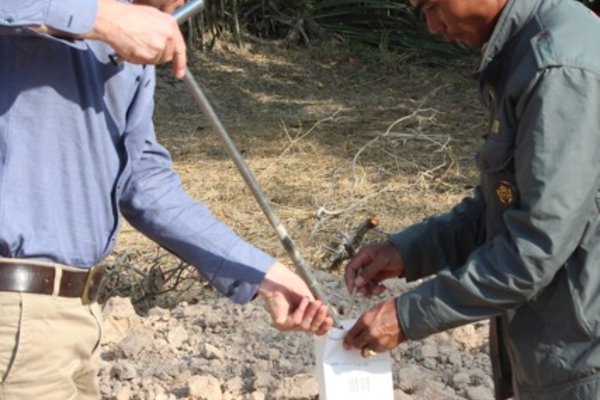
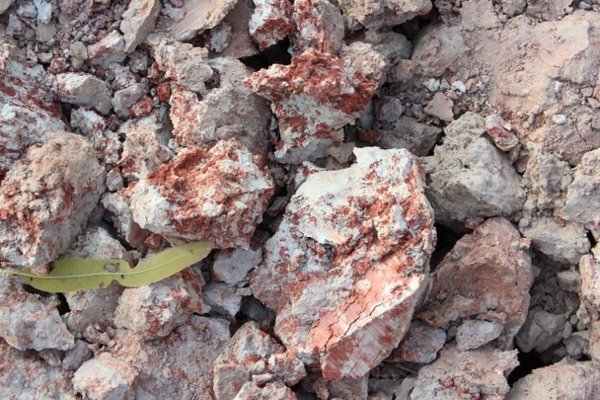

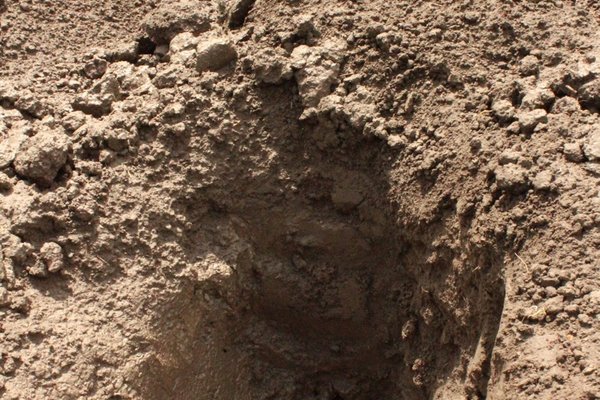

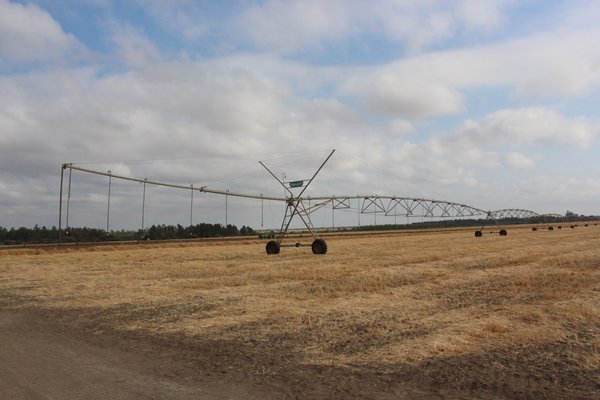
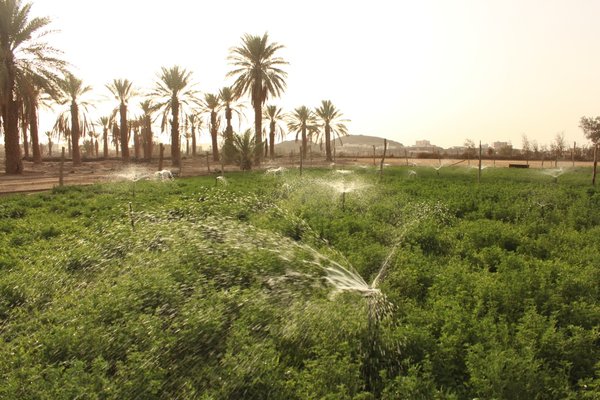
 Copyright © 2026
Copyright © 2026
